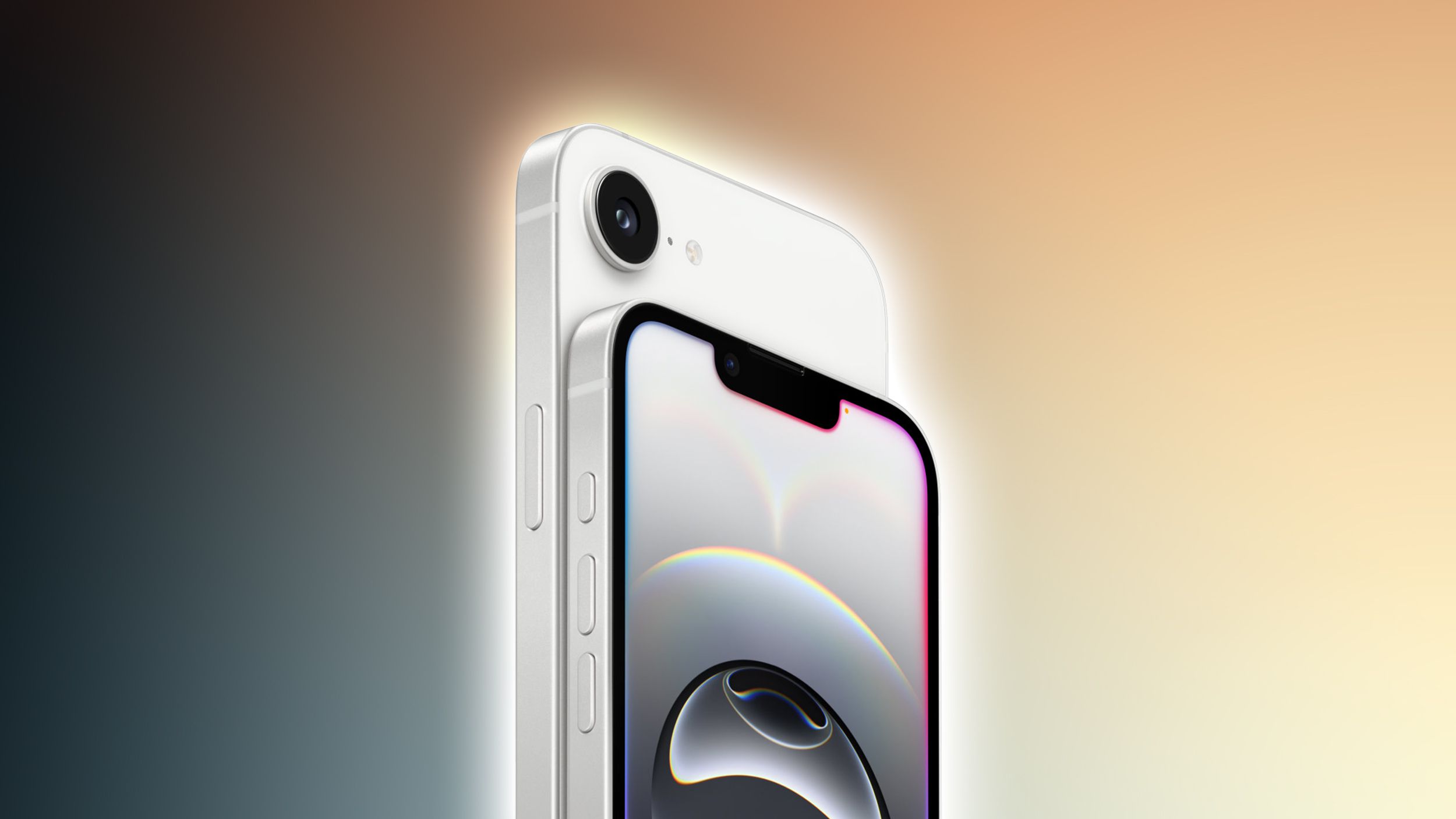The Dos and Don'ts of Utilizing a Portable Ultrasonic Level Sensor
Portable ultrasonic level sensors have made it possible to measure water levels in wells, rivers, and other bodies of water with ease. They are non-invasive, simple to use, and very accurate, and as such, they are widely used for level measurement in groundwater wells, river flow rates, and others. However, to make sure you're deriving the best use from your portable ultrasonic level sensor, be sure to stay on track using best practices while avoiding some costly mistakes. Through this blog post, we shall discuss the do's and don'ts in using such a sensor and what Pinnacle Well Measurement Solutions does to assist in obtaining accurate, reliable results. **What is a Portable Ultrasonic Level Sensor? **An ultrasonic level sensor portable is a hand-held unit that utilizes sound waves to determine the distance to the surface of a liquid. It's often utilized in measuring how is well depth, checking water levels in wells, and even river flow rates measurement. In contrast with the old tools such as well depth measuring tapes or well depth gauges, ultrasonic sensors give fast, non-contact measurements, which are perfect for inaccessible or hazardous areas. *The Dos of Using a Portable Ultrasonic Level Sensor * *1. Do Calibrate the Sensor Regularly * Calibration ensures that your sensor provides accurate readings. Follow the manufacturer’s guidelines or rely on professional well measurement services from companies like Pinnacle Well Measurement Solutions to keep your sensor in top condition. *2. Do Clean the Sensor * Dust, debris, or dirt on the surface of the sensor will affect its accuracy. Clean the sensor regularly with a soft, dry cloth to ensure peak performance. *3. Do Use the Sensor in the Proper Environment * Portable ultrasonic level sensors perform optimally in environments with less turbulence, foam, or vapor. For instance, when taking level measurements in groundwater wells, make sure that the water surface is smooth for precise measurements. *4. Do Follow the Manufacturer's Instructions * Read and adhere to the user manual for your exact sensor model. This entails proper setup, use, and maintenance processes. *5. Do Store the Sensor Properly * Store the sensor in a protective case when not in use to avoid physical damage. Keep it in a dry, temperature-regulated place to prevent moisture or exposure to extreme temperatures. *6. Do Use the Sensor for Its Intended Purpose * Use portable ultrasonic level sensors for targeted purposes, i.e., gauging levels of water in rivers or wells. Don't put them to work on functions that they aren't meant to serve, such as gauging solids or heavily turbulent fluids. *7. Do Leverage Advanced Well Measurement Solutions * For more intricate tasks, think about combining your sensor with other equipment such as deep well water level sensors or ultrasonic water level controllers. Businesses such as Pinnacle Well Measurement Solutions provide complete well measurement solutions to suit your requirements. *The Don'ts of Utilizing a Portable Ultrasonic Level Sensor * *1. Don't Use the Sensor in Extreme Conditions * Avoid exposing the sensor to extreme temperatures, high humidity, or corrosive chemicals, which can harm the device. *2. Don't Ignore Environmental Factors * Environmental factors such as wind, waves, or foam can interfere with ultrasonic measurements. For instance, when taking river flow rate measurements, select a still part of the river for precise readings. *3. Don't Skip Regular Maintenance * Failure to maintain the sensor may result in faulty readings or sensor malfunction. Regular inspections and cleaning will ensure your sensor works well. *4. Don't Place the Sensor Close to Obstructions * Make sure there are no obstructions, including pipes or debris, between the sensor and the water surface. These may interfere with the sound waves and impact accuracy. *5. Don't Use the Sensor for Critical Measurements Alone * Although portable ultrasonic level sensors are very accurate, cross-checking with other equipment such as well depth gauges or well water level sensors is a good idea for important applications. *6. Don't Forget Training * Make sure whoever is operating the sensor is trained on how is a well measured and how to use the device properly. This reduces the chances of mistakes and prolongs the life of the sensor. **How Pinnacle Well Measurement Solutions Can Assist **Pinnacle Well Measurement Solutions is a reliable source of well measurement services and equipment, such as portable ultrasonic level sensors. Here's how they can assist you: Expert Advice: Pinnacle's experts can assist you in selecting the correct sensor for your application and train you on proper use. Calibration and Support: Their well measurement services extend to professional calibration and support to make sure your sensor continues to be accurate and reliable. Customized Solutions: Whether you’re measuring level measurements in groundwater wells or river flow rate

Portable ultrasonic level sensors have made it possible to measure water levels in wells, rivers, and other bodies of water with ease. They are non-invasive, simple to use, and very accurate, and as such, they are widely used for level measurement in groundwater wells, river flow rates, and others. However, to make sure you're deriving the best use from your portable ultrasonic level sensor, be sure to stay on track using best practices while avoiding some costly mistakes. Through this blog post, we shall discuss the do's and don'ts in using such a sensor and what Pinnacle Well Measurement Solutions does to assist in obtaining accurate, reliable results.
**What is a Portable Ultrasonic Level Sensor?
**An ultrasonic level sensor portable is a hand-held unit that utilizes sound waves to determine the distance to the surface of a liquid. It's often utilized in measuring how is well depth, checking water levels in wells, and even river flow rates measurement. In contrast with the old tools such as well depth measuring tapes or well depth gauges, ultrasonic sensors give fast, non-contact measurements, which are perfect for inaccessible or hazardous areas.
*The Dos of Using a Portable Ultrasonic Level Sensor
*
*1. Do Calibrate the Sensor Regularly
*
Calibration ensures that your sensor provides accurate readings. Follow the manufacturer’s guidelines or rely on professional well measurement services from companies like Pinnacle Well Measurement Solutions to keep your sensor in top condition.
*2. Do Clean the Sensor
*
Dust, debris, or dirt on the surface of the sensor will affect its accuracy. Clean the sensor regularly with a soft, dry cloth to ensure peak performance.
*3. Do Use the Sensor in the Proper Environment
*
Portable ultrasonic level sensors perform optimally in environments with less turbulence, foam, or vapor. For instance, when taking level measurements in groundwater wells, make sure that the water surface is smooth for precise measurements.
*4. Do Follow the Manufacturer's Instructions
*
Read and adhere to the user manual for your exact sensor model. This entails proper setup, use, and maintenance processes.
*5. Do Store the Sensor Properly
*
Store the sensor in a protective case when not in use to avoid physical damage. Keep it in a dry, temperature-regulated place to prevent moisture or exposure to extreme temperatures.
*6. Do Use the Sensor for Its Intended Purpose
*
Use portable ultrasonic level sensors for targeted purposes, i.e., gauging levels of water in rivers or wells. Don't put them to work on functions that they aren't meant to serve, such as gauging solids or heavily turbulent fluids.
*7. Do Leverage Advanced Well Measurement Solutions
*
For more intricate tasks, think about combining your sensor with other equipment such as deep well water level sensors or ultrasonic water level controllers. Businesses such as Pinnacle Well Measurement Solutions provide complete well measurement solutions to suit your requirements.
*The Don'ts of Utilizing a Portable Ultrasonic Level Sensor
*
*1. Don't Use the Sensor in Extreme Conditions
*
Avoid exposing the sensor to extreme temperatures, high humidity, or corrosive chemicals, which can harm the device.
*2. Don't Ignore Environmental Factors
*
Environmental factors such as wind, waves, or foam can interfere with ultrasonic measurements. For instance, when taking river flow rate measurements, select a still part of the river for precise readings.
*3. Don't Skip Regular Maintenance
*
Failure to maintain the sensor may result in faulty readings or sensor malfunction. Regular inspections and cleaning will ensure your sensor works well.
*4. Don't Place the Sensor Close to Obstructions
*
Make sure there are no obstructions, including pipes or debris, between the sensor and the water surface. These may interfere with the sound waves and impact accuracy.
*5. Don't Use the Sensor for Critical Measurements Alone
*
Although portable ultrasonic level sensors are very accurate, cross-checking with other equipment such as well depth gauges or well water level sensors is a good idea for important applications.
*6. Don't Forget Training
*
Make sure whoever is operating the sensor is trained on how is a well measured and how to use the device properly. This reduces the chances of mistakes and prolongs the life of the sensor.
**How Pinnacle Well Measurement Solutions Can Assist
**Pinnacle Well Measurement Solutions is a reliable source of well measurement services and equipment, such as portable ultrasonic level sensors. Here's how they can assist you:
Expert Advice: Pinnacle's experts can assist you in selecting the correct sensor for your application and train you on proper use.
Calibration and Support: Their well measurement services extend to professional calibration and support to make sure your sensor continues to be accurate and reliable.
Customized Solutions: Whether you’re measuring level measurements in groundwater wells or river flow rates, Pinnacle offers tailored solutions to meet your specific requirements.
Advanced Tools: In addition to portable ultrasonic sensors, Pinnacle supplies tools like deep well water level sensors and ultrasonic water level controllers for comprehensive water resource management.
Measuring River Flow Rate with Portable Ultrasonic Sensors
Portable ultrasonic level sensors are also applicable to measure river flow rates. Measuring water levels at various points accurately, you can determine flow rates and observe changes over time. This information is critical to manage water resources and prepare for droughts or floods.
*Conclusion
*
Handheld ultrasonic level sensors are handy and dependable instruments for water level measurement in wells, rivers, and other uses. Adhering to the dos and don'ts of this blog will provide you with accurate readings and prolong the life of your sensor.
For professional assistance and sophisticated well measurement solutions, look to Pinnacle Well Measurement Solutions. Their services, equipment, and knowledge can assist you in obtaining accurate and trustworthy results, be it measuring how effectively depth is being measured or observing river flow rates.
Utilizing your portable ultrasonic level sensor properly and taking proper care of it will enable you to boost your water resource management process and provide long-term use of this precious resource.












































































































































































![[The AI Show Episode 144]: ChatGPT’s New Memory, Shopify CEO’s Leaked “AI First” Memo, Google Cloud Next Releases, o3 and o4-mini Coming Soon & Llama 4’s Rocky Launch](https://www.marketingaiinstitute.com/hubfs/ep%20144%20cover.png)
















































































































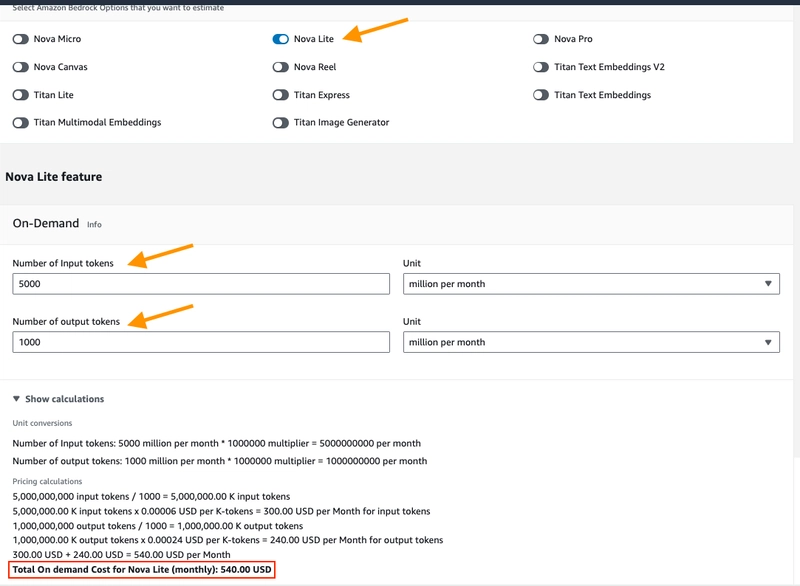
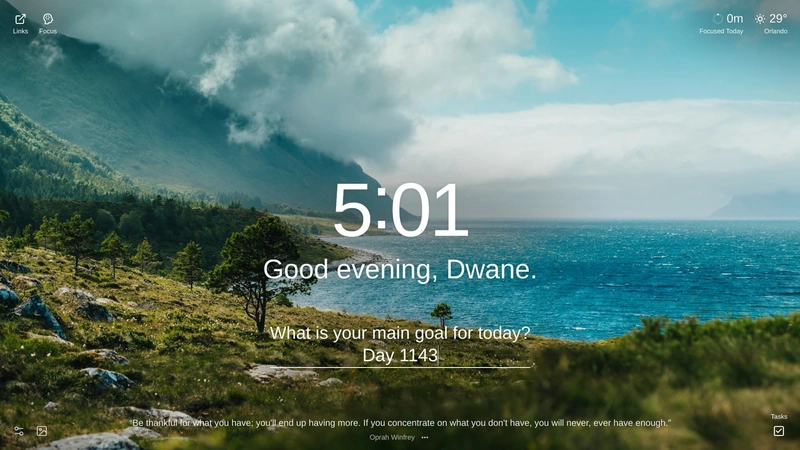






















































































![GrandChase tier list of the best characters available [April 2025]](https://media.pocketgamer.com/artwork/na-33057-1637756796/grandchase-ios-android-3rd-anniversary.jpg?#)












































.png?width=1920&height=1920&fit=bounds&quality=70&format=jpg&auto=webp#)

























.webp?#)













































































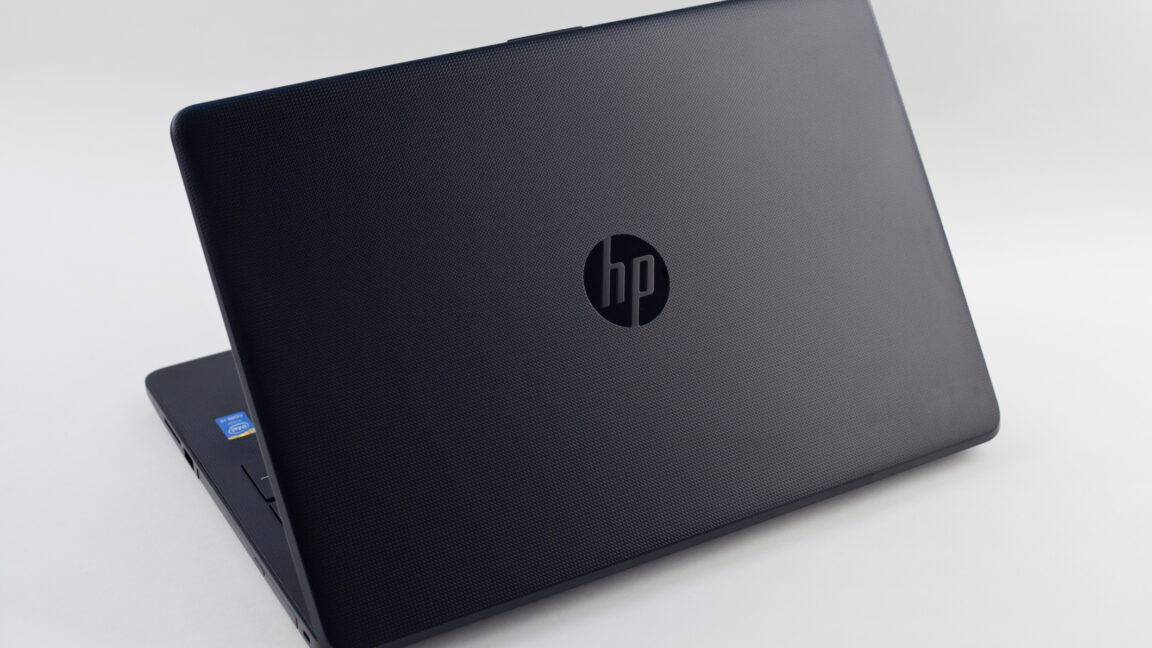






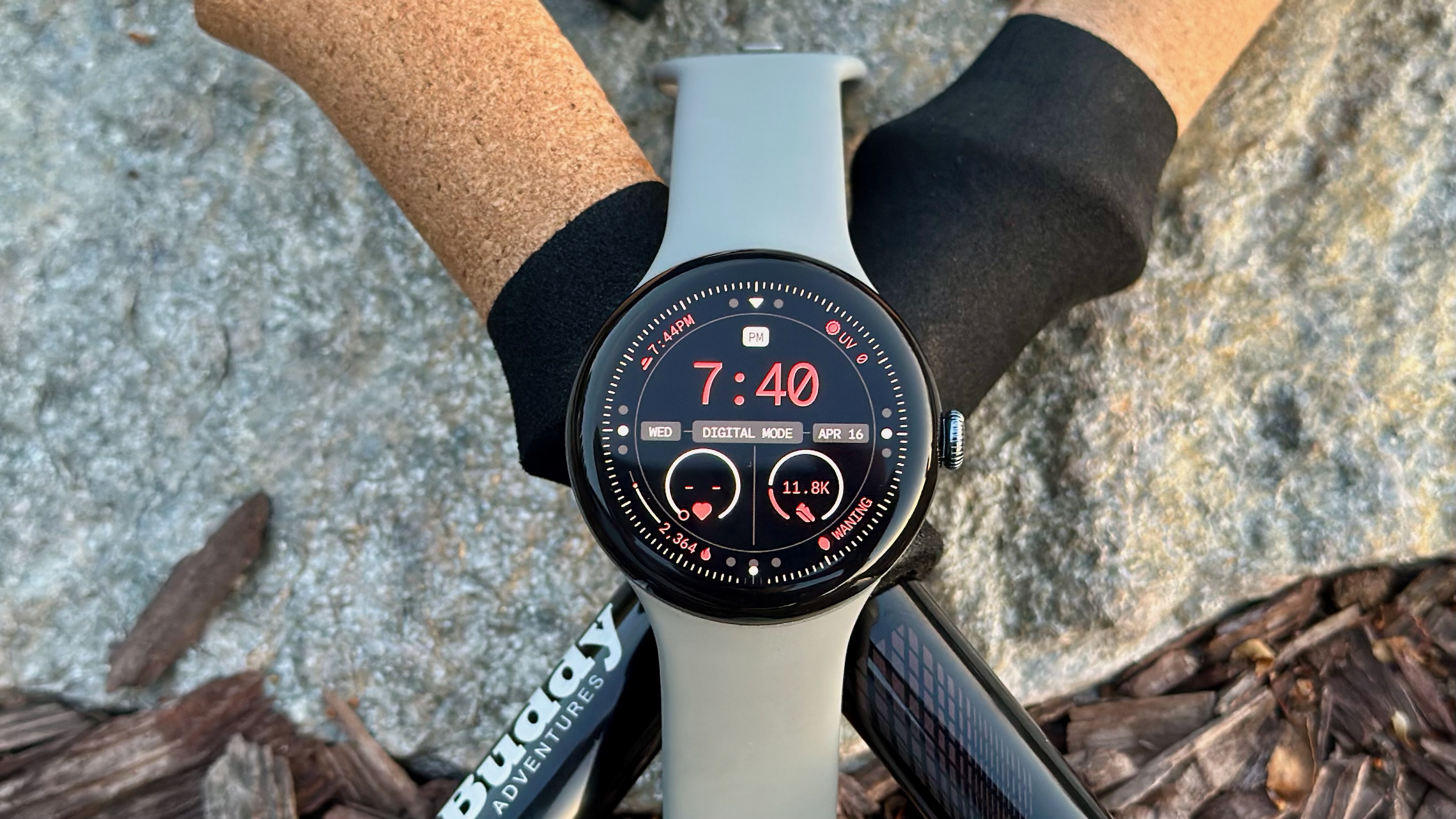





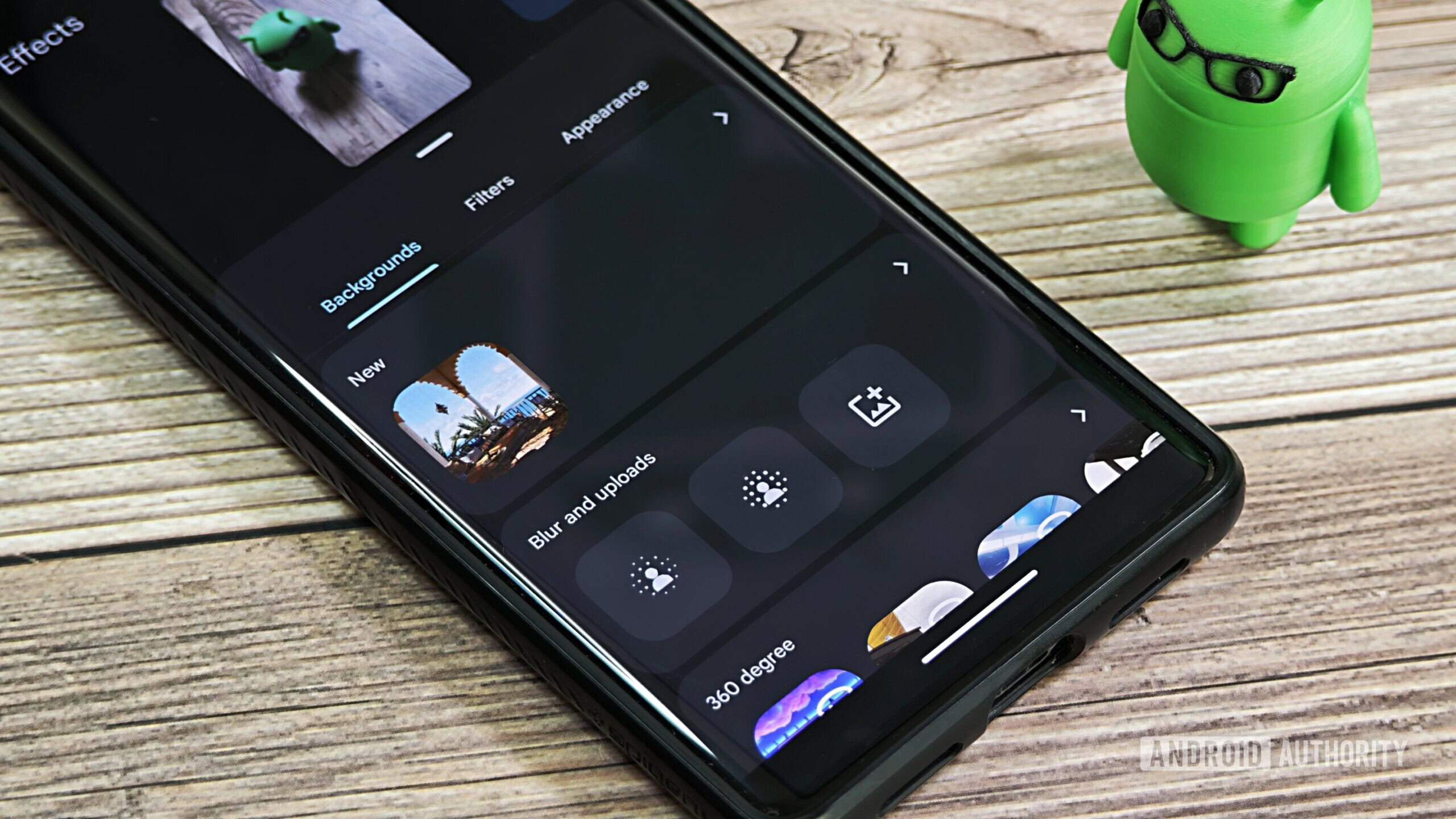




![Here’s everything new in Android 16 Beta 4 [Gallery]](https://i0.wp.com/9to5google.com/wp-content/uploads/sites/4/2024/11/Android-16-logo-top-down.jpg?resize=1200%2C628&quality=82&strip=all&ssl=1)











![New Beats USB-C Charging Cables Now Available on Amazon [Video]](https://www.iclarified.com/images/news/97060/97060/97060-640.jpg)

![Apple M4 13-inch iPad Pro On Sale for $200 Off [Deal]](https://www.iclarified.com/images/news/97056/97056/97056-640.jpg)











































